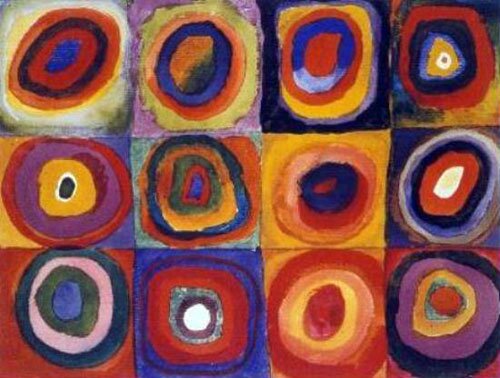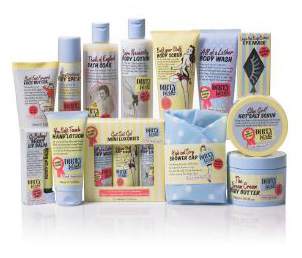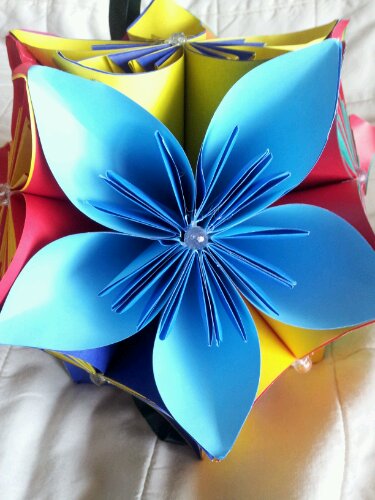We’ve all seen the question about using a worded problem to work out the cooking time of a chicken. So dull and in many respects irrelevent – cook books & websites don’t write a big description. This is more like real-life:
Extract from the ‘Reader’s Digest Cookery Year’
Butcher’s label – no cooking instructions
Equipment
Pictures of labels from fresh meat* (actual labels are a hygiene hazard) – you might want multiple copies
Some cookbooks or tables of temperatures for cooking
Cards saying ‘Delicious’ or ‘Food poisoning!’
Calculators
*Be aware of pupils’ beliefs regarding meat – you don’t want to cause offence
Activity
1. Give out the cooking instructions & labels from the meat, ensuring the actual type of meat is on them.
2. Get pupils to decide how they want to cook their meat. You may also want to specify the cooking method to ensure variety in the,solutions.
3. Pupils calculate the appropriate times.
4. Each person (or group) presents their answer to a group (or the class). The other pupils hold up ‘Delicious’ if they agree or ‘Food poisoning!’ if they disagree. This can lead to a discussion as to why.
5. This can then be extended to look at writing formulae for cooking times.
Vegetarian Option
This task is easily adapted for any vegetarian recipe where weight is important eg Roast squash.
Don’t forget all the work on time and unit conversion that can be included!








